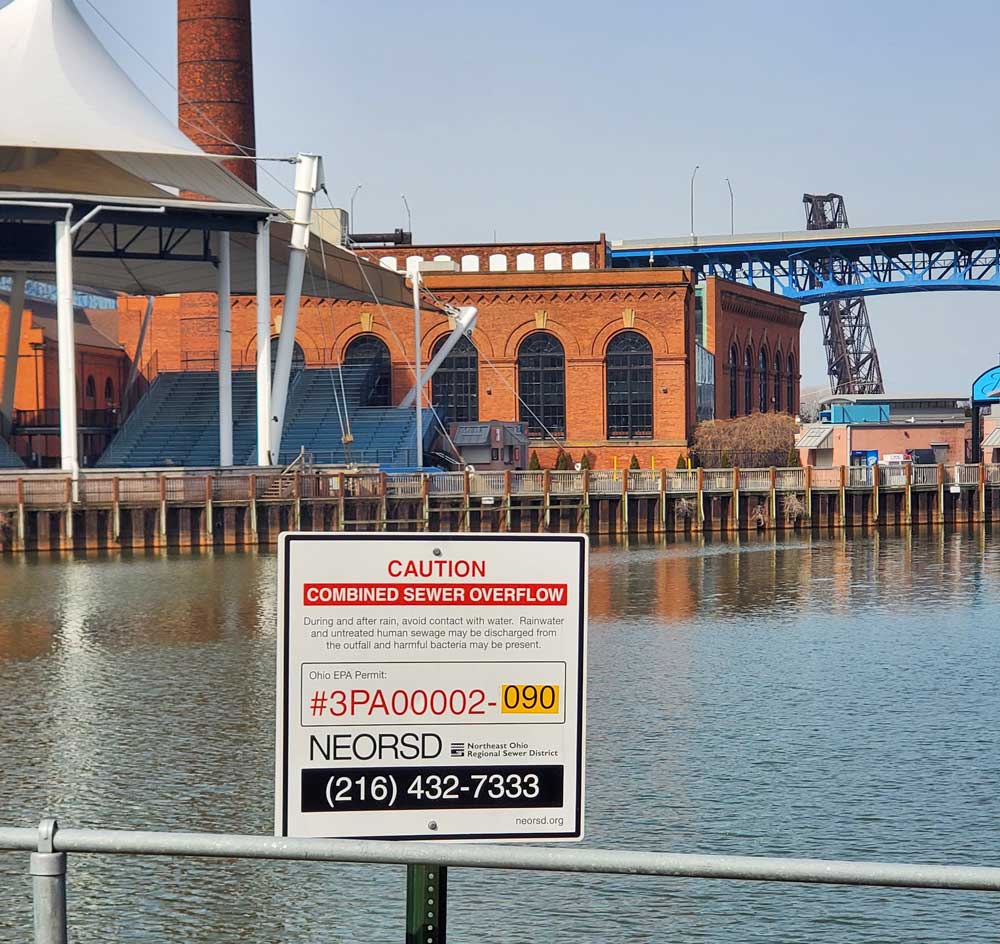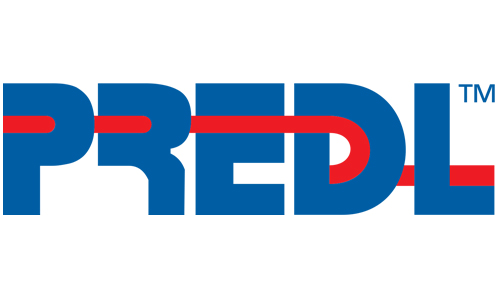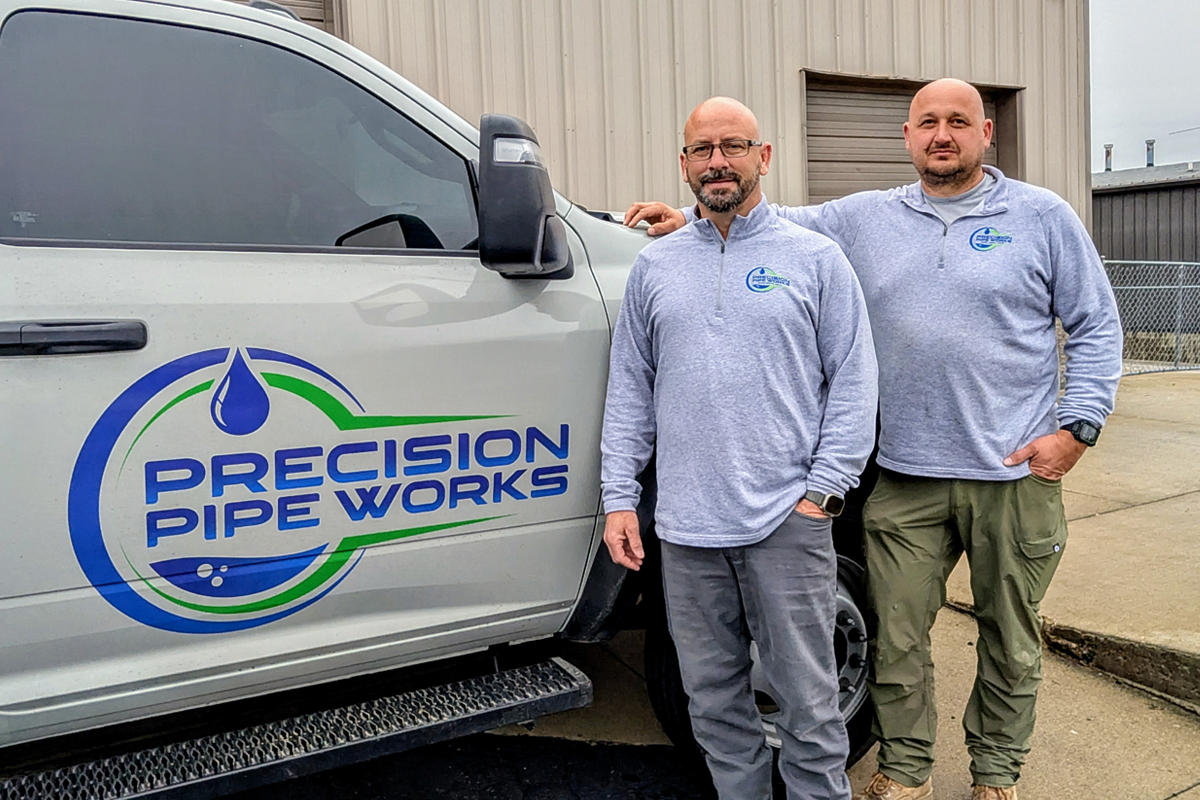
Beyond the Pipe – Overall Sewer Maintenance Program Integral to System Health
Sewer system maintenance can take on many forms. While there is a lot to be said for the importance that sewer cleaning has in maintaining the overall health of a system, there are other parts that require cleaning and inspection, too.
In Cleveland, Ohio, a city known for its river catching on fire and helping usher in the Clean Water Act nearly 50 years ago, the Northeast Ohio Regional Sewer District (NEORSD) takes its sewer maintenance program seriously.
“There are 30 employees in our department and they’re out daily,” says Dave Glisic, supervisor, NEORSD Sewer System Maintenance & Operations (SSMO). “We want to make sure we are maximizing our storage and minimizing our overflows.”
RELATED: 5 Questions with a Pipe Cleaning PRO – Shawn P. Austin Sr.
Dual System, One Purpose
One of the District’s newest pump stations – the Superior Avenue Pump Station (SAPS) – is unique in the NEORSD’s jurisdiction in that it offers both a dry weather and wet weather combined system. The NEORSD took over operations from the City of Cleveland and began its facility expansion in 2016 as part of its Project Clean Lake.
Like many major metropolitan areas across the United States, the NEORSD is under a Consent Decree with the U.S. EPA to address sewer overflows in its combined sewer network. Project Clean Lake is a 25-year, $3 billion program that will reduce the total volume of raw sewage discharges from 4.5 billion gallons to 494 million gallons annually. When complete, more than 98 percent of wet weather flows will be captured and treated. The project calls for a combination of large tunnels, treatment plant improvements and expansion and green infrastructure.
Looking at the SAPS and how it ties into the project, a person need not look any farther than the pump station’s prominent location in a valley – known regionally as The Flats – on the eastern banks of the Cuyahoga River. The Flats was once filled with industrial facilities that helped build Cleveland and all Northeast Ohio and on top of the valley to the east is Cleveland’s Downtown area.
SAPS is on a key bend in the Cuyahoga River in the shadow of the iconic Veterans Memorial Bridge and across the river from the Nautica Entertainment Complex, the pump station is situated in an urban park in what is now a predominantly residential and entertainment district. It is not uncommon to catch a Great Lakes freighter navigating its way past the non-descript pump station.

The Superior Avenue Pump Station sits on the shores of the Cuyahoga River across from the Jacobs Pavilion at Nautica concert venue.
The SAPS drainage area totals 223 acres, receiving its flow from sewers on Merwin and Superior avenues, Canal Road and flow from the Stones Levee Pump Station. Included in the drainage area is the Carl B. Stokes United States Courthouse, the Sherwin-Williams Breen Technology Center and Progressive Field where the Cleveland Indians play ball.
RELATED: Cleaning Up: How One Ohio Village Keeps on Top of Sewer Maintenance
The SAPS has a capacity to pump 11.5 million gallons per day (mgd). The single-story building houses a dry weather pump station and associated instrumentation and mechanical equipment. The adjacent underground wet weather pump station contains five centrifugal pumps. Under normal conditions, the flow is conveyed up the hill via a force main where it connects with the gravity sewer and makes its way to the NEORSD’s Easterly Treatment Plant.

In normal conditions, the flow enters the diversion structure (1) and flows to the dry weather pump station (2). During heavier rain events, the flow passes over the weir wall (A) and enters the wet weather pump station (3). It’s only when rain events are severe and fill the wet weather tank, that the sewer water passes over another weir wall (B) and overflows into the Cuyahoga River.
Being a combined dry and wet system, the SAPS was built with a diversion structure (see image above right). The flow enters the pump station via a 60-in. pipe and during normal conditions, moves to the dry weather portion of the system where its four pumps can pump up to 3.5 mgd to the forcemain. When there are heavy rain events, the flow passes over a weir wall where it moves to the wet weather system (see image above left). There, the four pumps can handle up to 8 mgd. If there is too much water, the wet weather pump station fills, and at 574 ft above sea level, the sewer water passes over a second weir wall where it overflows into the Cuyahoga River.

Flow enters the wet weather pump station (top left) and cascades down a series of baffles before hitting the bottom of the 47-ft deep structure. From there, the dewatering pumps draw water out of the pump station.
Keeping the River Clean
Overflows to the river are not ideal, but by upgrading the SAPS, the NEORSD is able to reduce the overflows to the river by 16 million gallons a year.
When flow enters the pump station a series of bar rack structures stop large debris like wipes, large plastics and other floatable debris from entering the wet well and damaging the pumps. A series of concrete baffles, seven from top to bottom, dissipate the energy of the water as it enters the wet weather pump station. Slowing the water increases the longevity of the 34-ft diameter concrete structure.
“The design allows us to have a small footprint and we can get a large quantity of water into the pump station using those baffles,” says John Dress, SSMO supervisor. “What we strive for with these stations is areas where we can gain efficiencies.”
The SAPS bar rack structures are checked and cleaned daily using a 13-ft long metal rake, and the debris are placed in a dumpster. Being a combined dry and wet weather pump station, work at SAPS takes on a whole different level of cleaning. In addition to its Vactor 2100 to suck up and haul away debris, the crew must call out NEORSD’s crane with its crew basket to get to the bottom of the 47-ft wet well.
All the members of the SSMO team are confined space trained. For the pump station cleaning, a two-man crew is outfitted with personal gas detectors that measure CO and oxygen levels and detect for LELs and H2S. There is an additional tethered monitor for backup. They communicate via handheld radios and have full control of the Vactor truck at ground level. They also wear full PPE including N-95 respirators, a body suit and gloves. Unlike some of their other cleaning duties, the pump station cleaning team does not require a Tyvek body suit, full face respirator with filters or an emergency oxygen tank.
RELATED: North Olmsted, Ohio, Makes Maintaining the Manholes a Priority

Three of the four pumps inside the dry weather side of the Superior Avenue Pump Station.
What the crews are typically cleaning is grit and other smaller pieces of trash not stopped by the bar rack structure. With the bottom of the well 47 ft below ground — the crew also cleans off the side of the wet well structure and inspects it for any damage — as they are lowered in the basket. There are also viewing windows that the crew can look through to inspect the concrete baffles and make sure there isn’t larger debris that got beyond the bar rack structure.
Debris are hosed down to the bottom of the pump station using low pressure water and sucked up via the Vactor’s boom. Glisic notes that the district has found that a positive displacement blower combination cleaner truck works better for their needs. He adds that the crews have found that the 47-ft depth of the SAPS is about as far as the truck can efficiently handle. The district’s deeper tunnel dewatering stations use a grinder pump system to get debris to the surface.
While cleaning and inspecting the SAPS and other NEORSD pump stations are a little bit more unusual, the SSMO crews handle cleaning and inspecting comportments of the NEORSD system each day.
“All of our [10] pump stations are checked daily and are on a quarterly cleaning schedule,” Glisic says. “All of our SSMO employees are [NASSCO] PACP certified. I try to incorporate that CCTV inspection language into the everyday [visual] inspections. I want everyone speaking that same language, and that PACP language can help create better work orders.”
The overall scope of work for the NEORSD’s SSMO team is to maintain and inspect more than 280 miles of interceptor sewers, approximately 500 fixed weir regulators, and a network of 25 rain gauges, 29 automated regulators and 130 level and flow monitoring sites to minimize wet weather combined sewer overflows.
All of this work helps contribute to keeping Ohio’s Great Lake, great.




